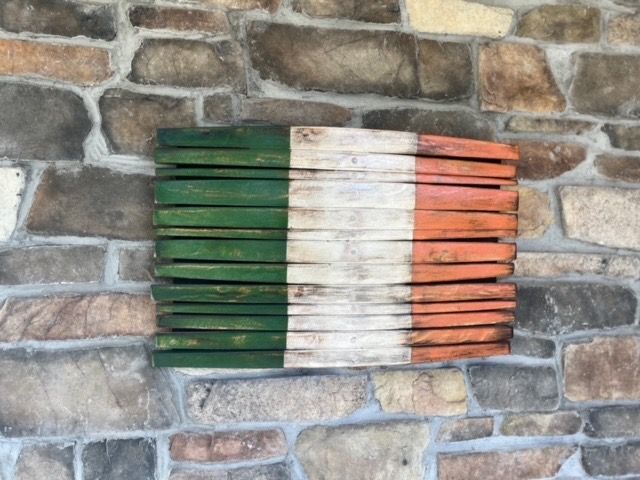Liam O'Connor.
By Daniel Neely
Last month at the Fleadh in Ennis, Paul Brock asked me if I’d yet heard Liam O’Connor’s CD “The Loom.” I confessed I hadn’t and after an expression of disbelief and a gentle scolding, he handed me his copy and told me he’d get another. My first takeaway was to question the fair bit of hype around this album. I always find it a worry when the word on the streets is so positive about something. But in this case the streets have it right. This is a mind-bogglingly good album full of “wow” moments from beginning to end.
It’s not like O’Connor appeared out of nowhere. His father is flute player Mick O’Connor, co-founder of the influential and important Castle Céilí Band, which put him in a special musical environment with access to musicians and the kind of totemic conversations about traditional Irish music that are its bedrock. He developed his craft growing up under the guidance of fiddle player Séamus Glackin and won several All-Ireland and Oireachtas titles on his way to being named TG4’s “Young Musician of the Year” in 2002. Over the years his musical cohort has included the likes of Liam O’Flynn, Noel Hill, and Harry Bradley, and in 2009 he made “Dublin Made Me” with uilleann piper Seán McKeon. “The Loom” is his solo debut.
The album opens with a captivating reel set, “The Tarbolton/Imelda Roland’s/Master Crowley’s.” What you notice in the familiar first notes of “The Tarbolton” is that O’Connor’s phrasing is elegant on its face. But its position against a glistening sheet of strings inspired by Sibelius’s Violin Concerto in d minor, gives it an etherial, expectant quality. The arrangement drops the strings and adds guitar and bass fiddle on “Imelda Roland, becoming more familiar. This approach becomes increasingly defined on “Master Crowley’s,” but on it last pass, the intensity builds and the opening strings are reintroduced, bookending what’s been an intense five-minute ride. It’s brilliant stuff.
I think the complexity of the opening track is the reason why the second track, a fairly stripped-down pair of jigs, “Miss Thornton’s / The Coolean,” is so jarring. The tunes, but the accompaniment consists of simply put guitar and piano, kind of tucked away in the mix. But O’Connor’s delivery is again majestic and the whole works perfectly, not only on its own, but in context. The contrast between the first and the second tracks is stunning.
https://youtu.be/iPG_dZ7YK5w
Really, this constant contrast of moving parts is the story with this album. Listen to the hornpipes “Rights of Man / Rights of Women.” It’s an incredible track, not only for the tunes, the former being a well-known session chestnut and the latter an utterly brilliant composition of O’Connor’s, but for the arrangement O’Connor’s built around counterpoint melodies. It’s reminiscent of the sort of thing Eugene O’Donnell did on the “Slow Airs and Set Dances” album, I think. The harmony-in-motion yields a dramatic sense of intensity and mood that’s hard to deny. But then you’re hit with the next track, “The Buncrana Boy / The Loom,” a pair of hop jigs (the first composed by Johnny Óg Connolly and the second by Tommie Potts) laid out on purely solo fiddle. There, O’Connor’s playing is so fluid and sophisticated, his tone so rich and pure, it’s hard to reconcile the juxtaposition, but it totally works. It just breathtaking music.
O’Connor is joined here by a small and accomplished supporting cast. John Blake provides guitar accompaniment on seven tracks and piano on one, Paddy McEvoy provides piano on three, and O’Connor’s father Mick plays flute on one, the album’s final track. These musicians are all great (really, is there anything Blake’s involved with that isn’t special?) and add tremendously to the overall feel.
Mick and Liam’s feature is a fitting close to the album. This track gives yet again a different look, but this time a sense of family and joy is at the center. It’s a really lovely end to a brilliant album.
O’Connor is an intelligent and dynamic musician who understands the subtleties of the music’s history and has creative ideas about how to nuance the details of a tune without overplaying them. This is evident on literally every track. “The Loom” is one of those great must-have albums. Fiddle players will be in awe of his technical brilliance, but the music is just so engaging all the way through that it’ll attract the ear of anyone who loves traditional music. Learn more at liamoconnor.ie.










